Always Here for You.
Lighting Warehouse offers direct support to customers. We always have your back.
SHOP BY LW BRAND
SHOP CATALOG
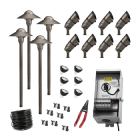 Easy-Install Kits
Easy-Install Kits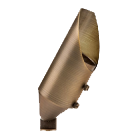 Uplights
Uplights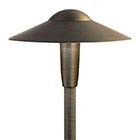 Path & Walkway Lights
Path & Walkway Lights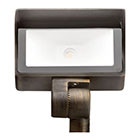 Flood & Wall Wash Lights
Flood & Wall Wash Lights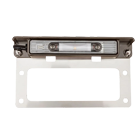 Hardscape Lights
Hardscape Lights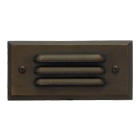 Step Lights
Step Lights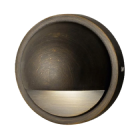 Outdoor Deck Lights
Outdoor Deck Lights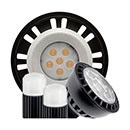 Outdoor Bulbs
Outdoor Bulbs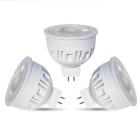 RGBW Color Lights
RGBW Color Lights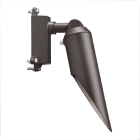 Downlights
Downlights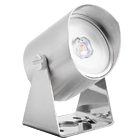 Underwater Lights
Underwater Lights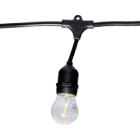 Bistro String Lights
Bistro String Lights Holiday Decorations
Holiday Decorations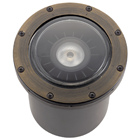 In-Ground Well Lights
In-Ground Well Lights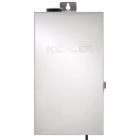 Transformers
Transformers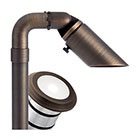 Accessories
Accessories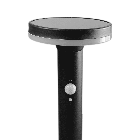 Solar Lights & Portables
Solar Lights & Portables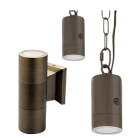 Specialty Lights
Specialty Lights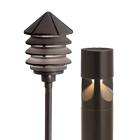 Bollard Lights
Bollard Lights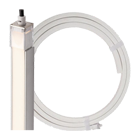 Tape Lights
Tape Lights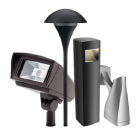 120V Landscape Lighting
120V Landscape Lighting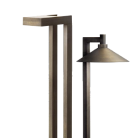 Dark Sky Approved Lights
Dark Sky Approved Lights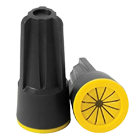 Connectors
Connectors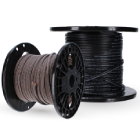 Wire & Cable
Wire & Cable Timers & Control Devices
Timers & Control DevicesAlways Here for You.
Lighting Warehouse offers direct support to customers. We always have your back.
Save More When You Become a Customer!
Lighting Warehouse offers support to customers at home.

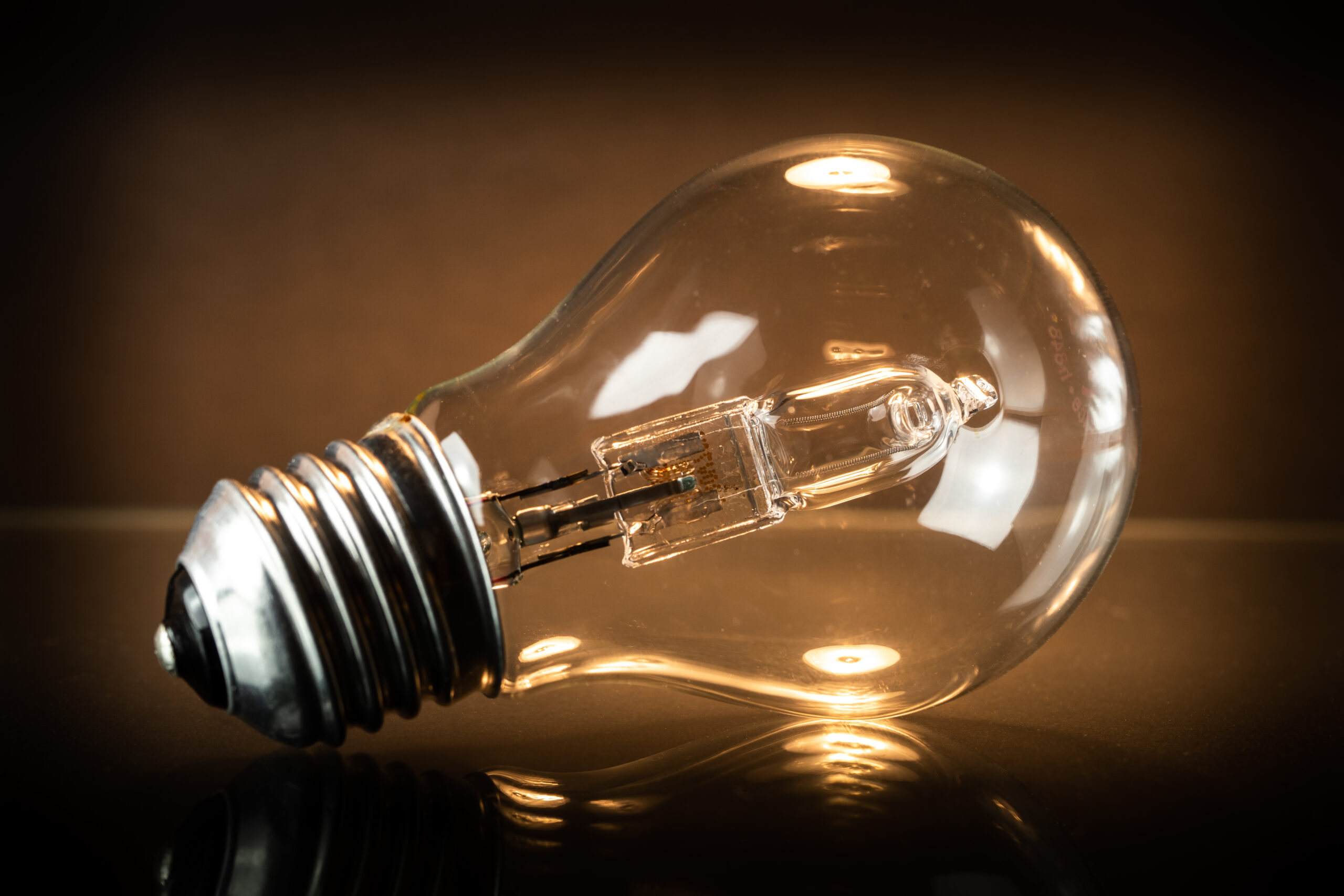
December 30, 2024
Table of Contents: Halogen Landscape Lighting
When it comes to landscape lighting, outdoor halogen light bulbs have long been a popular choice for their brightness, affordability, and performance. But have you ever stopped to ask yourself: how do halogen bulbs work?
In this blog, we’ll dive into the science behind halogen bulbs, exploring their design, functionality, and unique advantages when it comes to landscape lighting. By the end, you’ll have a deeper appreciation for halogen light bulbs as outdoor lights, as well as reasons for why you might consider an LED replacement for halogen setups.
Halogen bulbs are a type of incandescent light bulb that uses halogen gas to improve efficiency and lifespan. They’re known for their bright, white light, which enhances the beauty of landscape features such as pathways, gardens, and patios.
Though they share similarities with traditional incandescent bulbs, halogen bulbs stand out due to their ability to maintain a consistent light output while being more compact and durable.
To truly appreciate the brilliance of a halogen bulb, it helps to start with its inner workings. Each component is carefully designed to contribute to the bulb’s performance, efficiency, and signature bright light.
From the filament that glows white-hot to the quartz envelope that can handle extreme temperatures, every detail plays a role in creating a reliable and powerful source of illumination.
Here are the primary components of halogen bulbs and how they come together to produce their distinct light:
Now that we’ve covered the basic parts of a halogen bulb, let’s get into the nitty gritty of how these powerful bulbs work. Feel free to skip ahead to the next section if you’re not in the mood for highly technical, scientific terms!
At the core of a halogen bulb’s operation is the tungsten filament, a material known for its high melting point and ability to emit light when heated. When the bulb is powered on, an electrical current passes through the filament, heating it to temperatures as high as 2500°C. At these temperatures, the tungsten filament emits light through a process called incandescence.
But what sets halogen bulbs apart is the addition of halogen gas—here’s how it plays a role:
The choice of lighting can make or break the atmosphere of an outdoor space, and halogen bulbs have long been a favorite for their ability to highlight landscaping features with brilliance and clarity. Their unique properties make them especially effective at adding depth, warmth, and character to your yard without breaking the bank.
Let’s take a closer look at what makes halogen bulbs such a strong contender for outdoor illumination:
While halogen bulbs have earned their place in landscape lighting for their brightness and affordability, they’re not a perfect solution. Like any lighting option, they come with certain trade-offs that can impact their usability and appeal.
While deciding if halogen is the right choice for your landscape, it’s important to weigh these potential drawbacks alongside their many benefits.
Here are some considerations to keep in mind:
Choosing the right type of bulb is a key decision when designing your outdoor lighting setup.
Outdoor halogen lights and LED bulbs each offer distinct advantages, and the choice between them often comes down to personal priorities such as energy efficiency, cost, and aesthetic preferences. Understanding the differences between these two technologies can help you select the best option for your landscape lighting needs.
To make things easier, here’s a quick comparison chart highlighting their main features.
| Feature | Halogen Bulbs | LED Bulbs |
| Light Quality | Bright, warm, natural | Bright, available in various tones |
| Energy Efficiency | Moderate | High |
| Lifespan | ~2,000 hours | ~25,000 to ~50,000 hours |
| Cost | Low upfront, higher energy cost | Higher upfront, low energy cost |
| Durability | Heat-sensitive | Extremely durable |
Halogen bulbs are a marvel of engineering, but as with any technology, they require proper handling and maintenance to perform at their best. Whether you’re lighting up a garden path or creating a cozy patio ambiance, giving your halogen bulbs a little extra care can go a long way in enhancing their brightness and extending their lifespan. By following a few simple guidelines, you can keep your outdoor halogen lights shining beautifully for seasons to come.
To maximize the performance and lifespan of halogen bulbs in your landscape lighting, follow these tips:
Understanding how a halogen bulb works unveils the ingenuity behind its design—a perfect blend of science and practicality. The interplay of tungsten filaments, quartz glass, and halogen gas creates a lighting solution that has illuminated homes and landscapes for decades.
Whether you’re drawn to their brightness, affordability, or classic appeal, halogen bulbs have earned their place in the world of landscape lighting. By appreciating the technology behind them, you can make informed decisions about the best lighting solutions for your outdoor spaces.
So next time you stroll through a beautifully lit garden or admire the glow of a backyard patio with spring garden lights, take a moment to think about the tiny marvels that make it all possible—such as halogen bulbs.
Halogen bulbs are an improved version of traditional incandescent bulbs. They contain halogen gas (such as iodine or bromine) inside the quartz glass envelope, which allows the bulb to perform a halogen cycle.
The halogen cycle process re-deposits tungsten back onto the filament, extending the bulb’s lifespan and enabling it to operate at higher temperatures. This results in brighter, whiter light and slightly improved energy efficiency compared to standard incandescent bulbs.
Yes, halogen bulbs are commonly used in outdoor landscape lighting due to their bright, natural light, compact size, and durability.
Their ability to highlight details and enhance the colors of outdoor features makes them ideal for applications such as pathway lights, spotlights, and garden accents. However, it’s important to use fixtures designed for outdoor conditions to protect the bulbs from moisture and debris.
Halogen bulbs operate at very high temperatures because they use a tungsten filament that burns hotter than traditional incandescent bulbs. This heat contributes to their brightness but also requires caution.
Always handle halogen bulbs with gloves or a cloth to avoid damaging the quartz glass, and use them in fixtures designed to manage heat safely. Proper installation and adherence to wattage limits will help ensure their safe use in your landscape lighting.
Unlike LEDs, you cannot recycle halogen light bulbs, and there is no special way to dispose of the light bulb. You can simply throw dead halogen bulbs in the trash. However, we do recommend putting them in a plastic bag or wrap it in newspaper before disposal. The thicker quartz glass can still shatter, making it difficult to clean up and posing a hazard to you and your surroundings.
Compared to the traditional incandescent bulb, halogen lights are more energy efficient. However, you are better off using LED lights if you’re looking for an effective way to lower your electric bill. Unlike halogen lights, LED bulbs don’t have a high heat output and can last anywhere between 15,000 and 50,000 hours. Halogen lights, on the other hand, can only go for 2,000 – 4,000 hours.
If you live in a warm climate, halogen light bulbs are a great option. However, ensure that the light bulbs are not near any potential fire hazards due to their heat output. If you live an area with freezing temperatures in the weather, you might have to switch out the halogen bulbs in the winter for a temperature-agnostic option like LED bulbs. This is because the cold temperatures combined with the heat produced by the bulb will make the glass casing brittle and more susceptible to damage. High winds with debris flying around can easily strike the bulb, shattering into many pieces that can be hard to find and clean up.
Join our Insider list and check out the different lighting options that we have to offer.
Sign up for exclusive offers and insight into what’s new for Lighting Warehouse. Elevate your outdoor lighting today!
By inputting your email, you agree to receive recurring promotional emails to which you may unsubscribe at your discretion.
Start Building Your Landscape Lighting System Today at Lighting Warehouse!
Monday - Friday

Speak to us at 855-444-8424